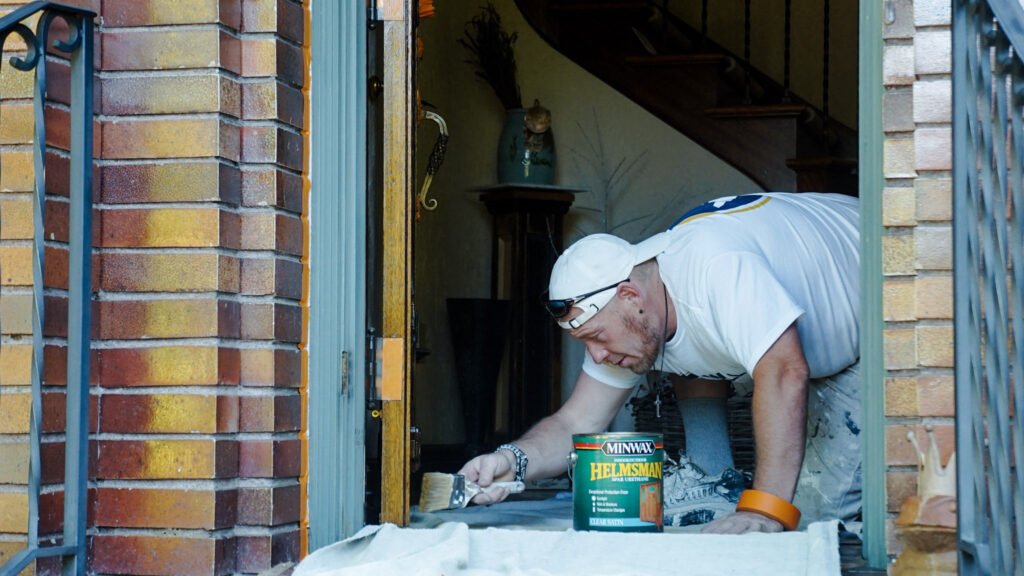
Passive House certification is a great option if you ever dreamed about living in a low-energy, zero-carbon house that will save you money and improve your quality of life. The Passive House standard, which was first developed in central Europe, is now an increasingly popular option for energy-efficient new construction and retrofits around the world.
Mass Training
Passive House design and construction require meticulous planning and knowledge of the science behind it. This project requires collaboration from a variety of professionals, such as architects and builders.
A Certified Passive House Consultant or Designer will need to have a solid understanding of the science and be able to communicate effectively with all parties. This includes not only communicating project goals but also keeping track of construction progress and taking consistent notes.

Performance and certification incentives
This program helps builders and developers build high-performance buildings with a lower energy consumption and a positive effect on the local economy. The program offers technical and financial incentives to projects that have been pre-certified, as well as those that are certified to the PHIUS/PHI standards via either PHIUS/PHI.
These incentives are offered to a variety building types. They can be used on small residential projects, large multifamily complexes, and commercial highrises. This program aims to promote Passive House design and construction in all types of buildings, while also ensuring that energy savings are used to improve the environment.
There are two paths to Passive House certification. In the US, one requires you to use an energy modeling program and the other evaluates the building's efficiency based on several factors. Both are distinct. It's important that you talk with your Certified Passivehouse Designer or Consultant to determine which path is right.
Avoiding Mistakes
PHIUS+ Certified Professionals are highly experienced and will thoroughly review your project during the design phase to identify any problems and then work with you to solve them. This can be a crucial step in avoiding costly mistakes that can occur during the early stages of a Passive House design and construction project.

The Right Building Energy Models, and Energy Calculations
The first task of your Certified Passive House Designer or Consultant is to craft a very accurate energy modeling of the building, which is then used for verification during the certification process. The models must be updated with any modifications that may occur during construction, such as product substitutions or budget adjustments.
These models and energy calculations can be produced by a competent Certified Passive House Consultant or Designer. This will include all stakeholders of the project, including the architect, building contractor, homeowner, and any other tradespeople who are involved in the construction.
FAQ
What documents are required to apply for building permits?
In addition to your SCA, you will need to provide proof that:
-
Visitors will find enough parking space.
-
It is possible to use access routes;
-
Access to all utilities is possible
-
All works must be in compliance with all applicable planning regulations.
How can I get service contract agreements?
A standard form of SCA can be obtained from your local government. You could also use the online quote generator to get more information about your needs and then send your details to us so we can reach you with additional information.
What is a service agreement?
A Service Contract Agreement is an agreement between two or more parties to provide services. The SCA details the services being provided, the time and effort they should be used, who should pay for them, when they will start, and how much. It also stipulates what happens if either party breaches its obligations under the agreement.
Do you have any other suggestions?
Yes - check your local laws regarding the types of projects you can undertake and the conditions you need to meet. You may need to obtain approval from the local council before you can build in some states. Others state that you need only notify them of the plans. To find out their position on the matter, check with your local authorities.
Statistics
- (3) The contracting officer may provide for a contract price adjustment based solely on a percentage rate determined by the contracting officer using a published economic indicator incorporated into the solicitation and resulting contract. (acquisition.gov)
- Depending on the client's trustworthiness and financial stability, a deposit is usually 10 to 50% of the total contract amount. (lawdepot.com)
- (ii) Name, address, and telephone number of each proposed first-tier subcontractor with a proposed subcontract estimated at $10 million or more. (acquisition.gov)
- (1) Except as provided in paragraphs (a)(4) and (a)(8) of this section, if the estimated amount of the contract or subcontract is $10 million or more, the contracting officer shall request clearance from the appropriate OFCCP regional office before- (acquisition.gov)
- Don't take their anger personally, they are mad about the situation 99% of the time. (activatemylicense.com)
External Links
How To
What should a service arrangement include?
An SA is a key component of any business relationship. It outlines what you expect from each other and how you will achieve this. The SA also details when and where each party should fulfill its contractual obligations.
Here are the essential elements to a successful SA
-
Both parties must agree on the scope and required services.
-
Payment terms details, including start date and expiration dates for goods/services.
-
A project cost agreement.
-
Any additional costs like VAT etc.
-
Whether there is any other matter that should be discussed.
-
Who will take responsibility if there is an error in the job?
-
How disputes are resolved
-
What happens if one party breaches the contract.
-
What happens in the case of a dispute?
-
When will the contract become effective?
-
What happens if one of the parties fails to perform.
-
What time do you need to pay your invoices?
-
Who pays for expenses such as travel?
-
Where the money came from.
-
What happens when the client has a change of mind?
-
What happens if the supplier doesn't turn up.
-
Who has permission to view the site during construction
-
What happens if the customer cancels the project.
-
What happens when the product is defective?
-
What happens if a manufacturer refuses to provide parts?
-
What happens if the equipment is damaged?
-
What happens if the project takes more time than anticipated?
-
What happens if the work isn't completed within the agreed timescale?
-
What happens if the final product isn't up to expectations?
-
What happens if costs exceed expectations?
-
What happens if materials are not delivered on time?
-
What happens if the material arrives damaged?
-
What happens if products do not meet the standards?
-
What happens if the job gets cancelled before it is completed?
-
What happens if the company goes bankrupt?